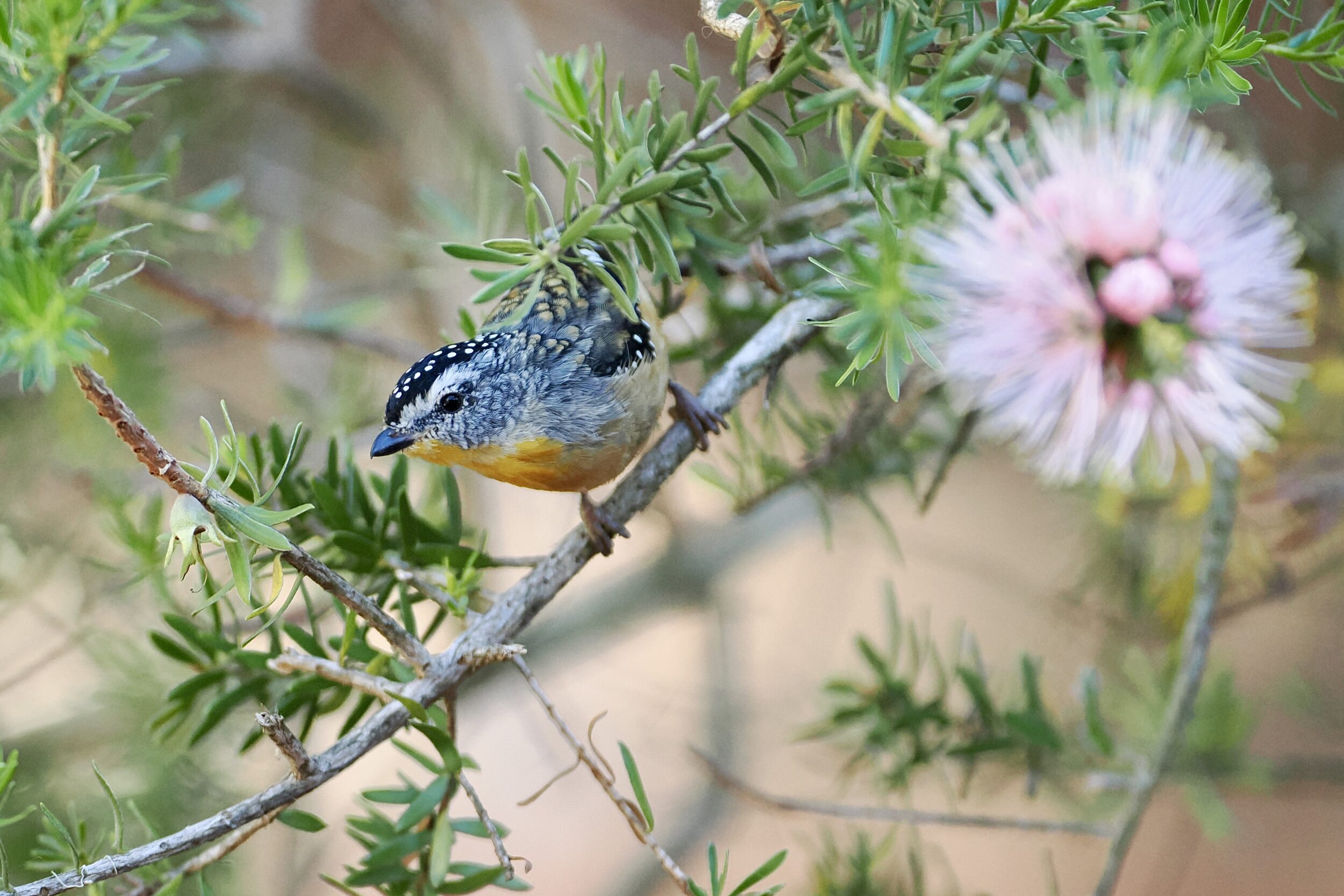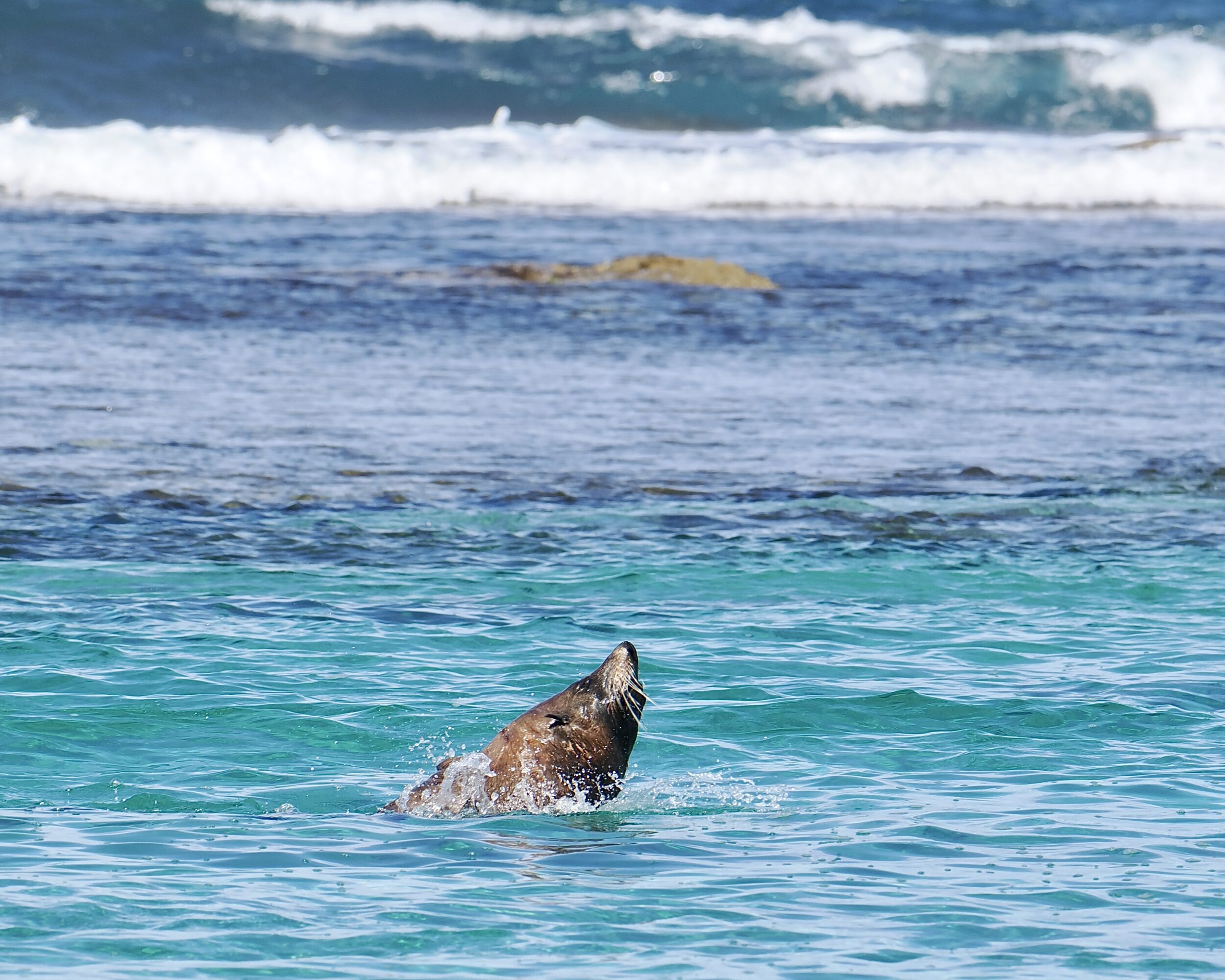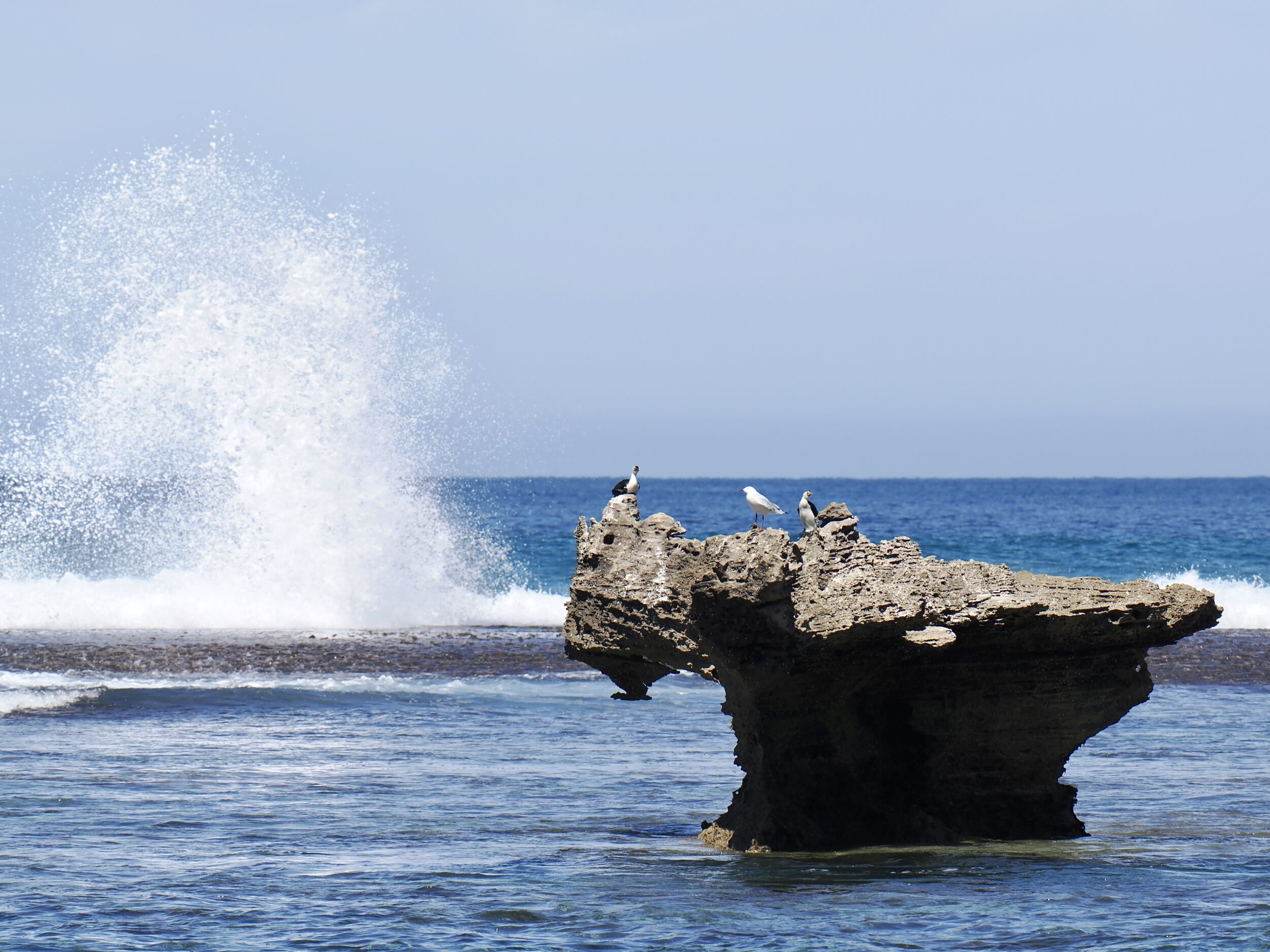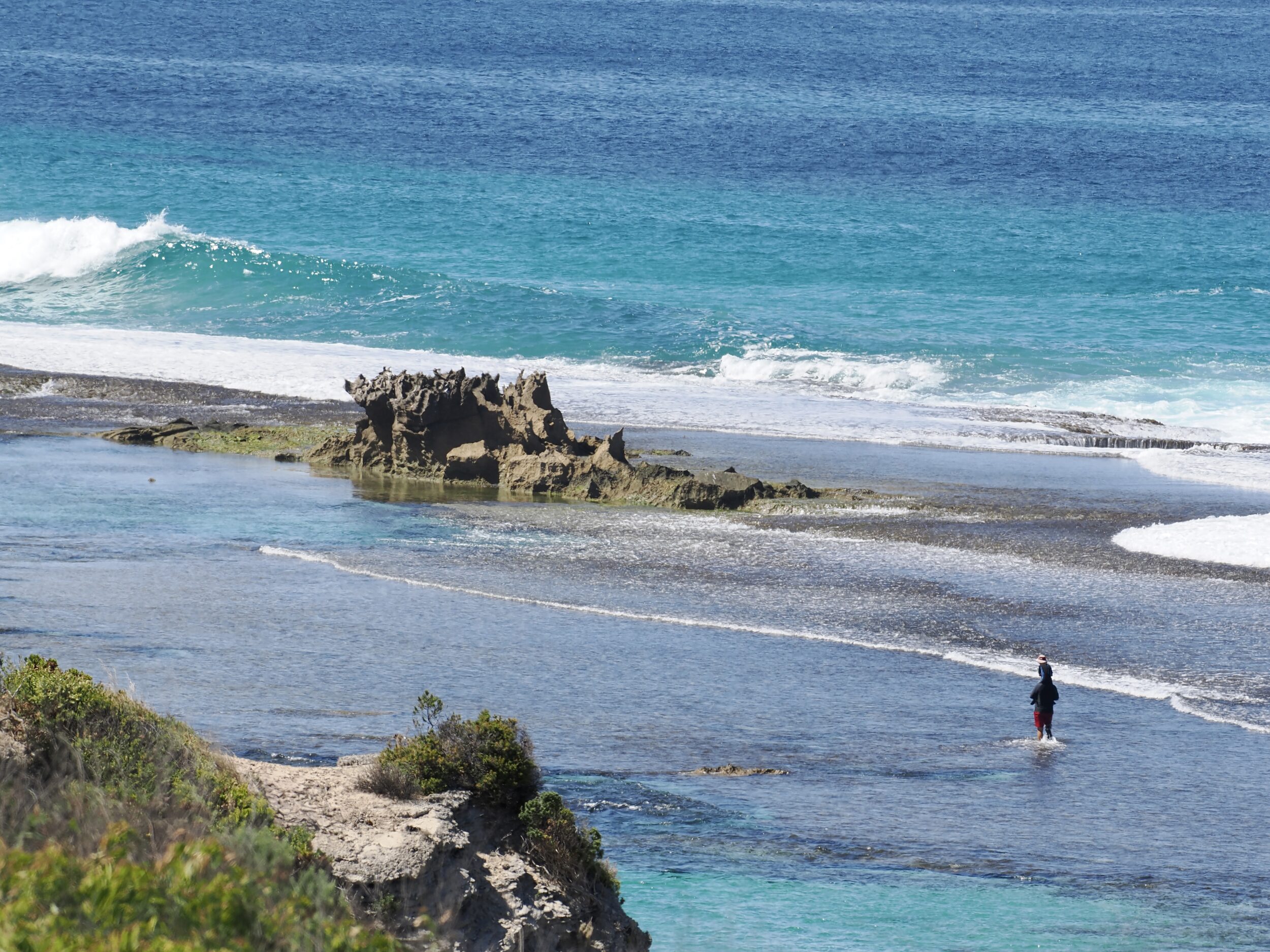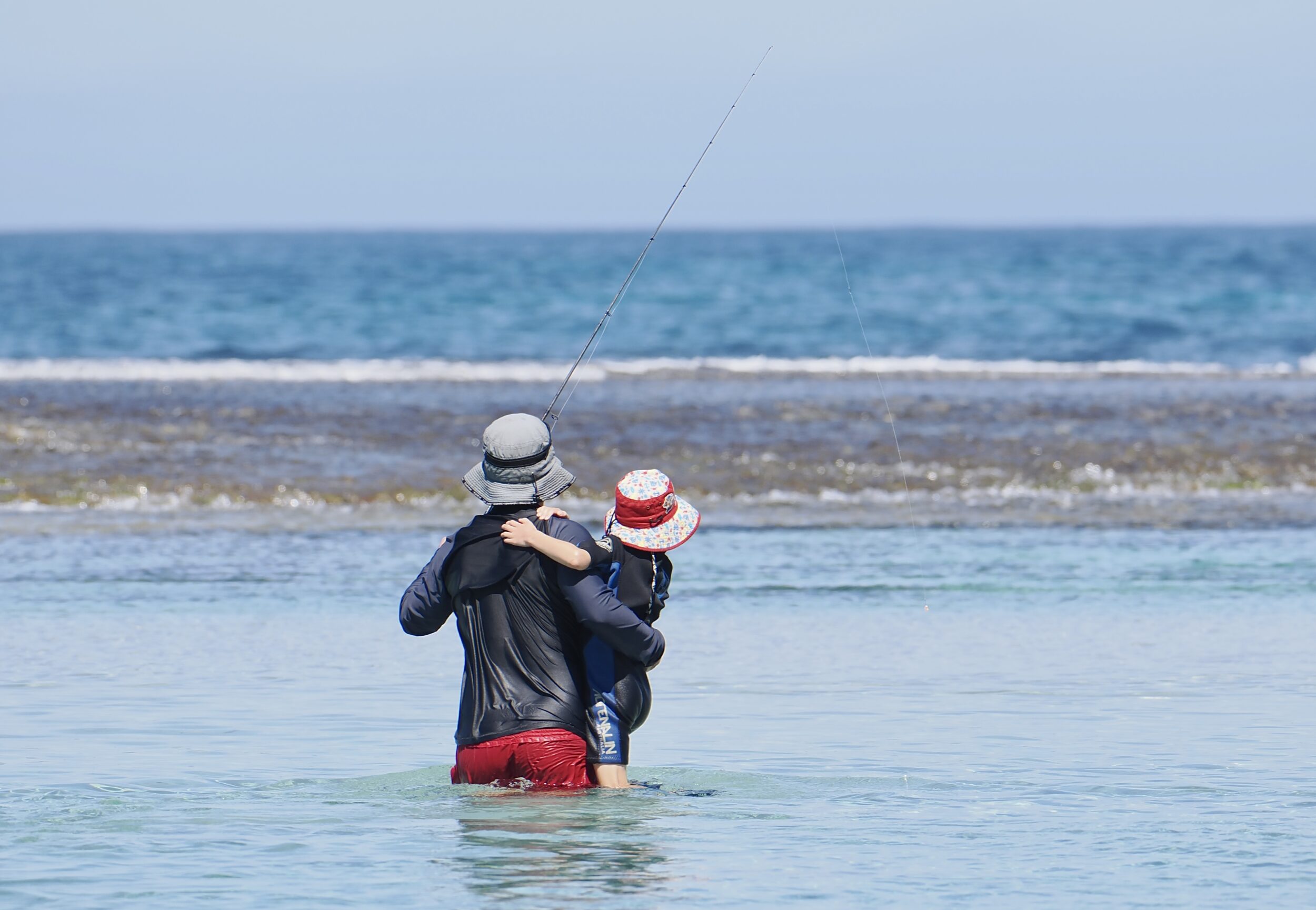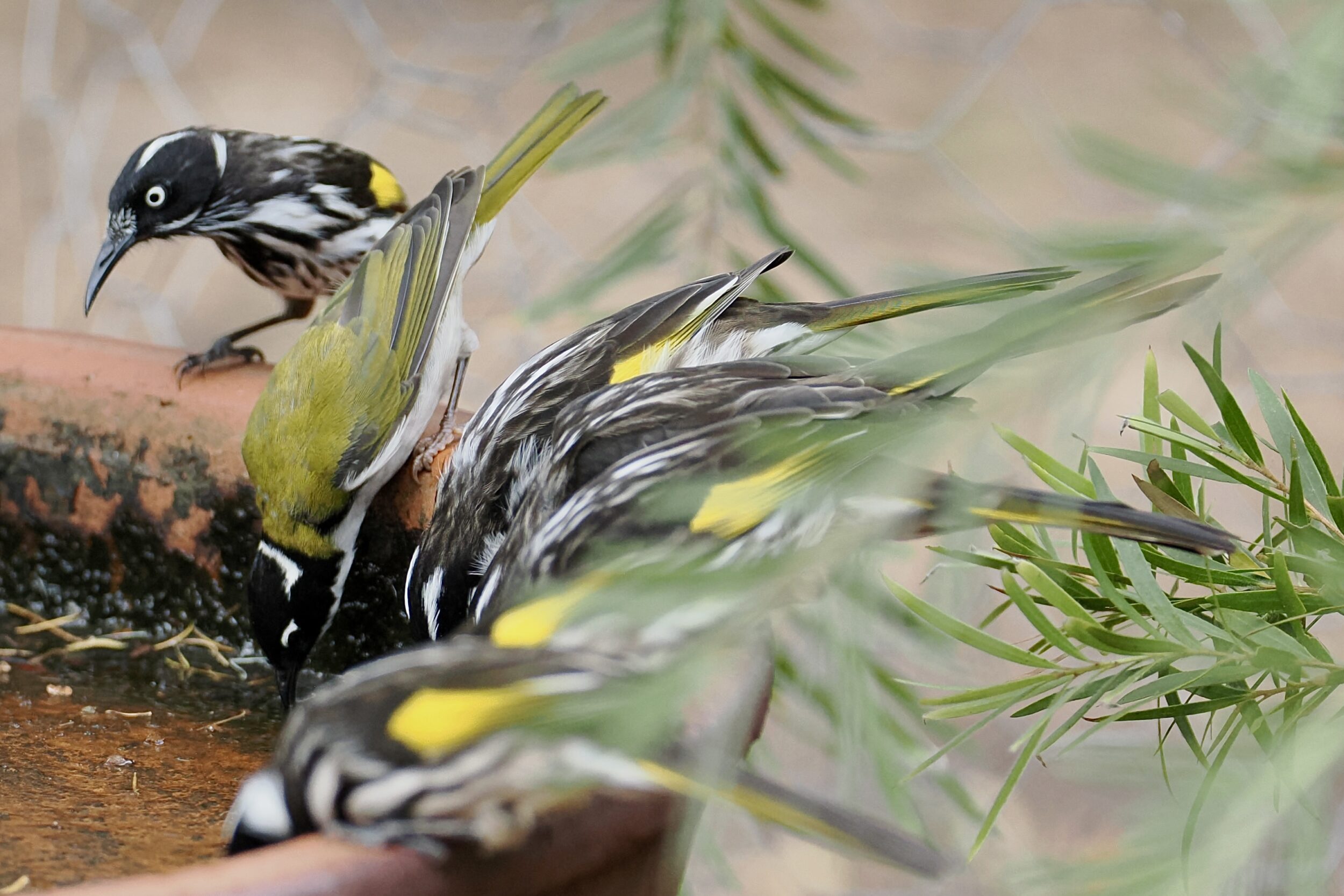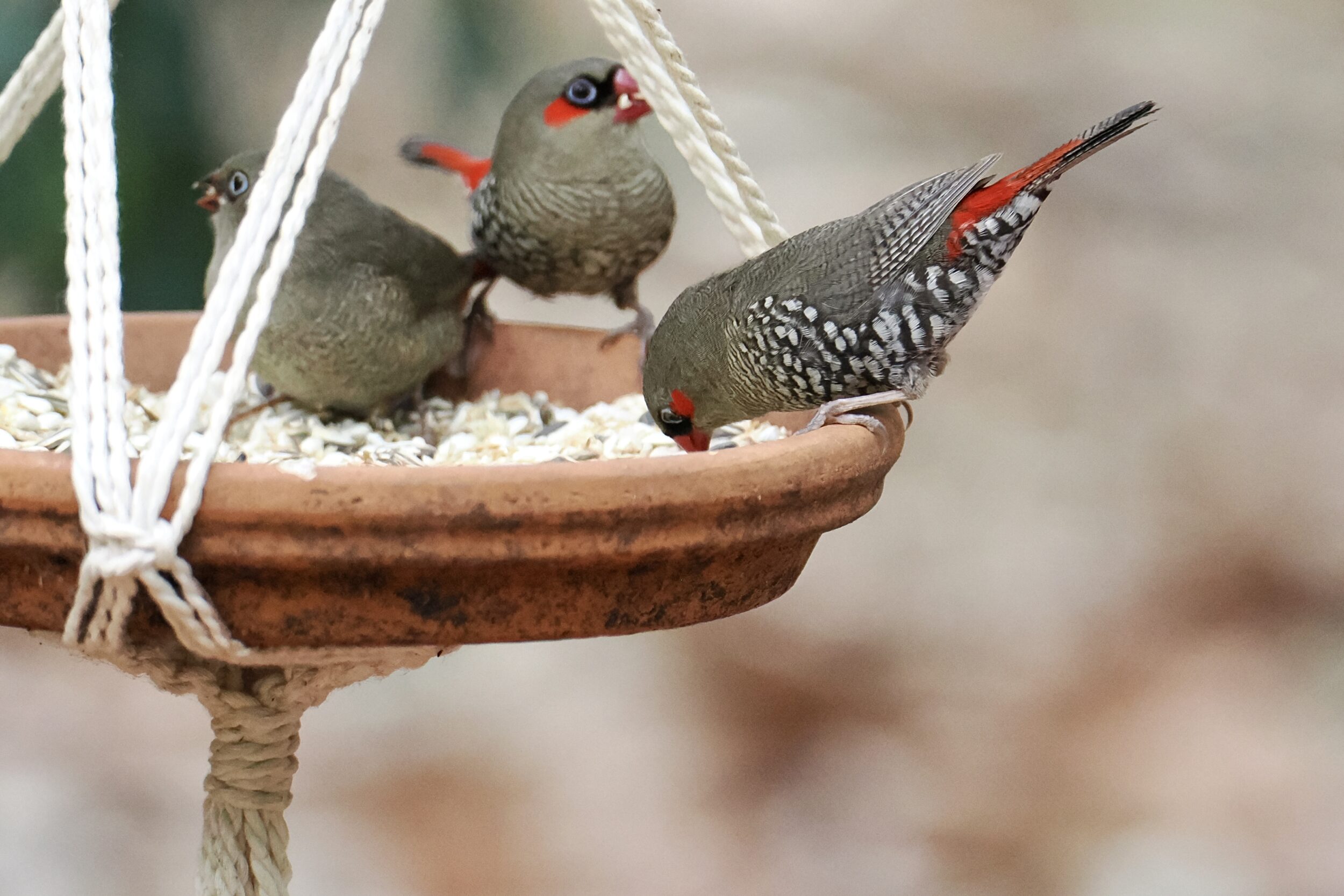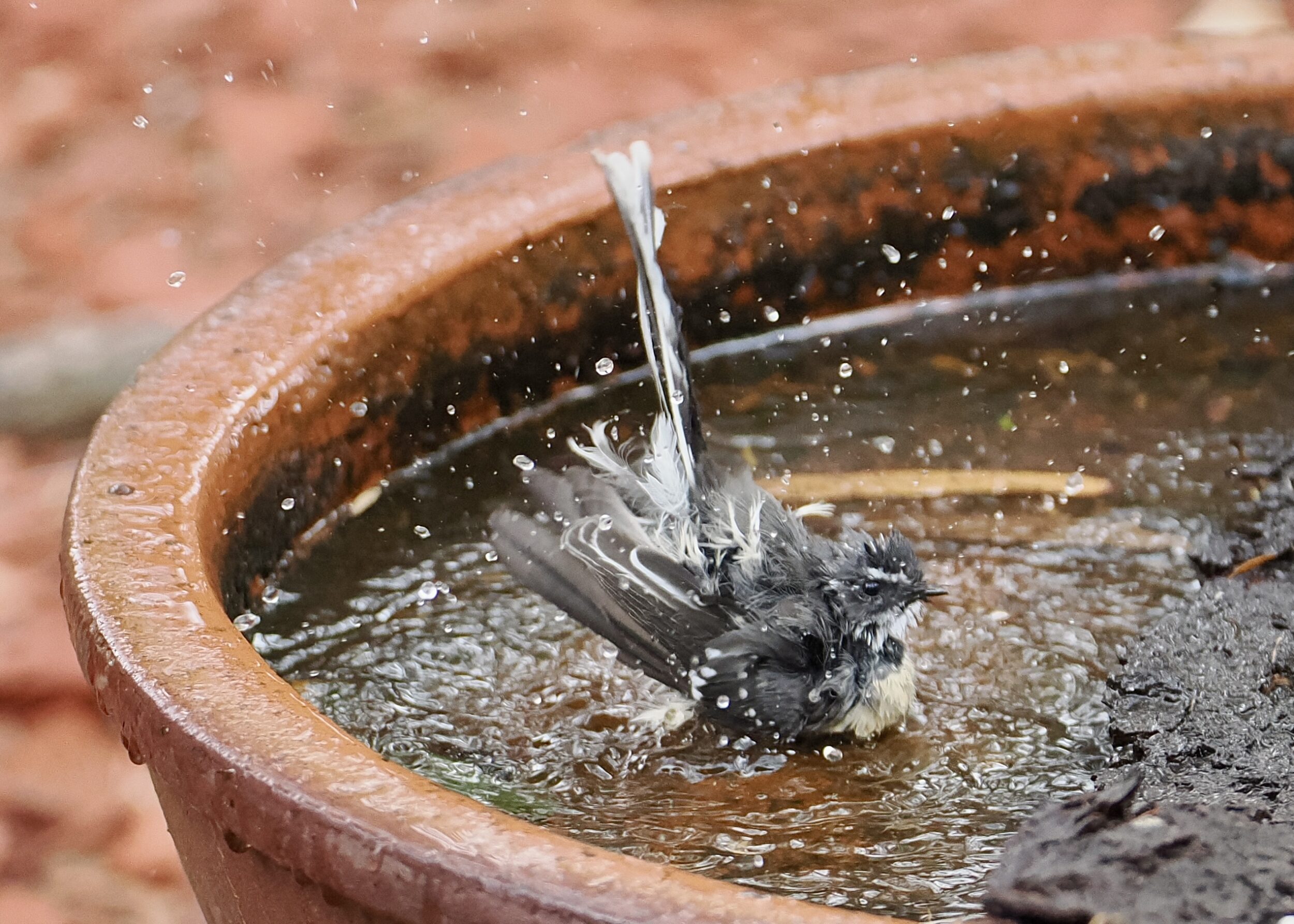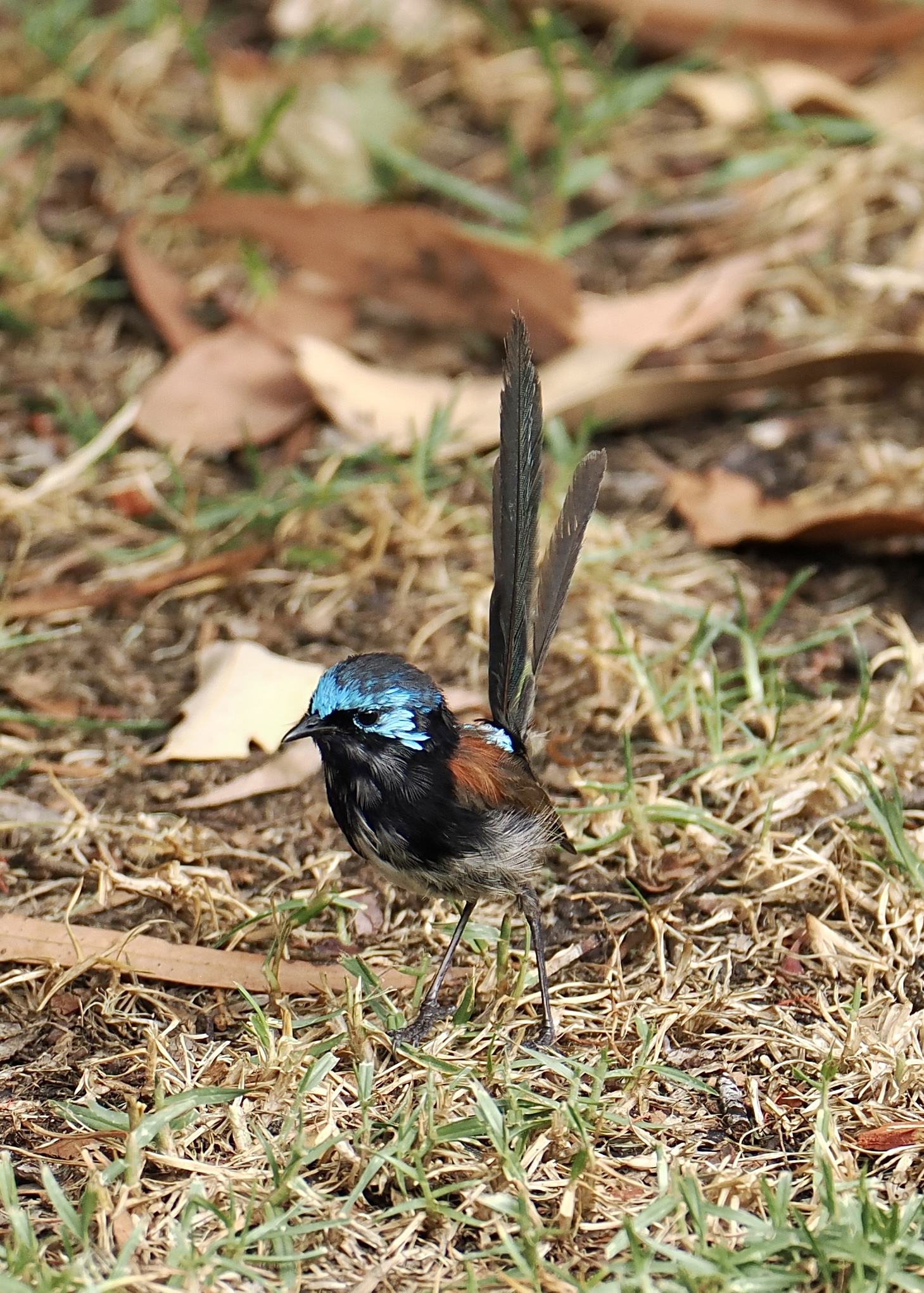…diamond bird, diamond sparrow, headache bird, widopwidop…
Spotted pardalote is the “proper” common name for Pardalotus punctatus – one of Australia’s tiniest, loveliest, shyest birds.
Although moderately common in all of the reasonably fertile parts of Australia (the east coast, the south-east, and the south-west corner) it is seldom seen closely enough to enable identification.
On the morning of 16 February 2025, I at last managed to take some halfway decent photos of one.
Leave a Comment